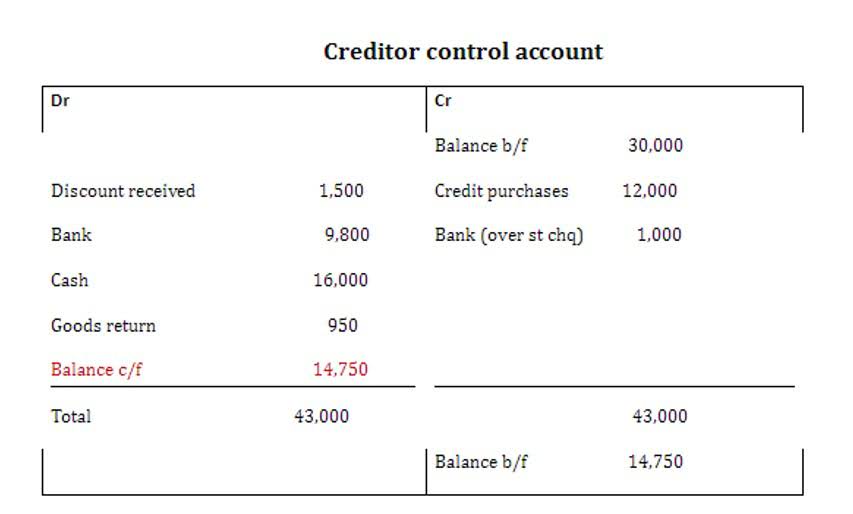
For automotive dealerships, the IRS has provided the Alternative LIFO Method for new vehicles and the Used Vehicle Alternative LIFO Method. A simplified version of an internal LIFO calculation method, the ALM and the UVALM are generally beneficial for dealerships. In this article, we’ve tried to comprehend the concept of LIFO Reserve, and how it is useful for investors and businesses. Throughout this article, we’ve talked about many benefits and reasons why calculating the LIFO Reserve helps companies.
In other words, the most recent inventory costs are matched against current revenues on the income statement, while the older costs remain on the balance sheet. Under the LIFO method, the goods most recently produced or acquired are deemed to be sold first. Thus, when costs are rising, LIFO generally results in higher cost of goods sold and lower taxable income. If inflation continues and inventory quantities stay consistent or increase, companies using LIFO will immediately, and in future years, experience a cash tax benefit.
Use Of LIFO Reserve In Ratio Analysis
Hence, the organization may use FIFO or weighted average accounting and LIFO methods for presentation. It is nothing but the difference between valuation per the organization’s regular methods and valuation per the LIFO method. It is used to offset the operating losses, the difference due to inventory valuation, etc. Still, the process involved in calculating LIFO Reserve is very lengthy and time-consuming.
- This credit balance is then offset against the FIFO inventory valuation resulting in a net balance representing the LIFO valuation.
- Investors can use this change to either calculate the tax benefits of using LIFO vs FIFO or see the results of inflation on inventory values.
- Any opinions, analyses, reviews or recommendations expressed here are those of the author’s alone, and have not been reviewed, approved or otherwise endorsed by any financial institution.
- Under this method, the most recently acquired inventory is considered the first to be sold or used.
- It is nothing but the difference between valuation per the organization’s regular methods and valuation per the LIFO method.
LIFO stands for “Last-In, First-Out.” It’s an inventory cost flow assumption and identification method that assumes the most recently purchased items are sold first. The primary purpose of using two different valuation methods (LIFO and FIFO), is to prepare internal and external financial reports what is lifo reserve in the most advantageous way possible. The FIFO method is applied to internal reports, and often fuels greater profitability. This is more attractive to internal users of the financial statements, such as shareholders, and typically provides a more real or true profit potential of the business.
Uses of LIFO Reserve
If inventory unit costs rise and LIFO liquidation occurs, an inventory-related increase in gross profits will be realized. This increase in gross profits will occur because of the lower inventory carrying amounts of the liquidated units. The lower inventory carrying amounts are used for the cost of sales while the sales are reported at current prices.
